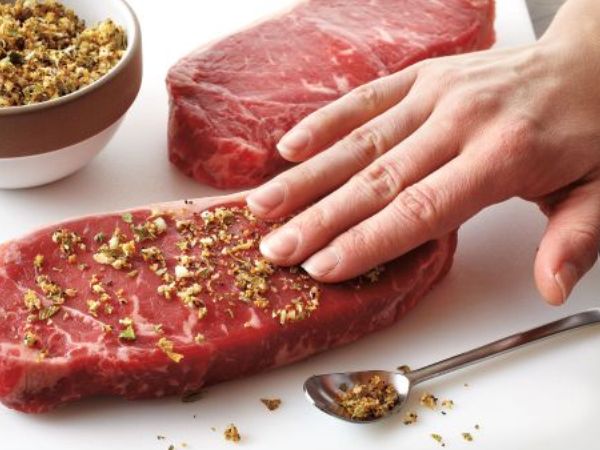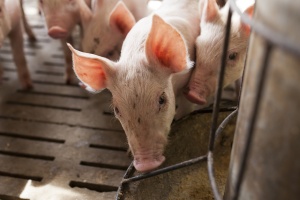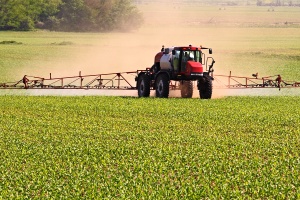Beef Safety from Farm to Fork
When it comes to safe and healthy animals, no one cares more than farmers. The beef that farmers raise and sell to restaurants and supermarkets is the same beef they feed their own families. So it’s no surprise that they want to provide the best care for their livestock to ensure everyone has safe, healthy beef. And even you – the folks who select, purchase and prepare beef – play a vital role in maintaining beef safety standards when it comes to proper food handling and cooking practices.
ON THE FARM
The beef community has a long-standing commitment to providing you with the safest beef possible – a pledge that is backed by research, best practices and public education. The Beef Quality Assurance (BQA) program, an industry-developed program that provides ranchers with the latest proper cattle management techniques. It ensures that the consumer, the animal, the environment, and the beef community are cared for within guidelines and regulations. BQA was designed for farmers and ranchers by cattlemen, veterinarians, and animal scientists by creating educational resources which promote good management practices based in science.
The program couples common sense cattle handling techniques with scientific research to help farmers and ranchers raise cattle under optimum conditions. More than 100,000 farmers and ranchers have voluntarily signed up to be part of BQA, which is a testament to the beef community’s commitment to animal welfare and safety.
IN YOUR KITCHEN
You play an important role in the safety of all foods that enter your home, too! You should keep products properly refrigerated, surface areas clean and use a meat thermometer to ensure safe cooking of the foods that go on your dinner table. Here are some tips to keep in mind when it comes to preparing beef:
- Purchase beef that is cold to the touch, with no holes or tears and choose packages without excessive liquid.
- If it will take more than 30 minutes to get home, keep an insulated cooler in the car to keep beef and other perishables cold.
- Properly store raw beef in the fridge or freezer. Keep raw beef cold until time of preparation. Try to use fresh beef within two days; otherwise freeze until needed. (You can freeze beef in its original packaging up to two weeks. For longer storage, wrap in heavy-duty aluminum foil or in plastic freezer bags, removing as much air as possible.)
- If frozen, defrost beef in refrigerator (allow at least a day by placing frozen package on a plate or tray to catch any juices), microwave oven, as part of cooking, or under cold running water. Never thaw or defrost beef at room temperature.
- Prepare beef on a clean work surface. Use separate knives, cutting boards and cookware for raw and cooked beef to avoid potential cross- contamination.
- Use plastic cutting boards for raw beef products because wood grains can harbor bacteria and are harder to keep clean.
- Wash your hands before and after handling raw beef with soap and warm water (lather for at least 20 seconds or sing the “happy birthday” song).
- To enjoy safe and savory Ground Beef, remember to use a thermometer as color won’t always indicate doneness.
- Cook Ground Beef to a minimum of 160˚F, using an instant read meat thermometer. For Ground Beef patties, insert the thermometer from the side to the center of the patty. Steaks and roasts should be cooked to at least an internal temperature of 145˚F, using an instant read meat thermometer and let rest for three minutes before serving.
- Be sure to wrap or store leftovers in airtight containers promptly after serving (within two hours after cooking). Keep refrigerated and use within three days.
Learn more at beefitswhatsfordinner.com










0 Comments